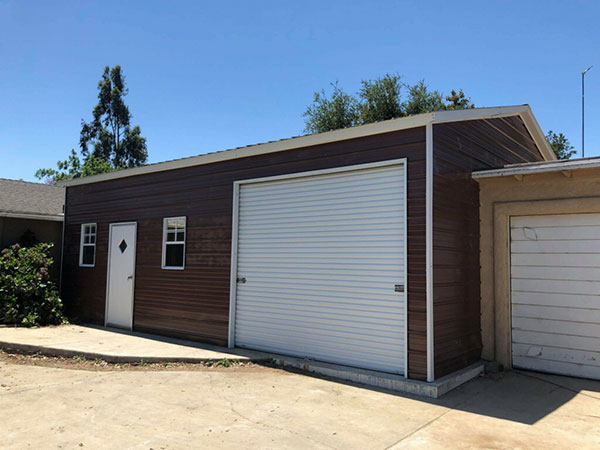
Steel is a fundamental material in modern construction, known for its strength, durability, and versatility. However, not all steel is created equal. Two primary types used in construction are light gauge steel and structural steel. Understanding the differences between these types can help you make informed decisions for your building projects.
1. Material Composition and Thickness
Light gauge steel, also known as cold-formed steel, is made from thin sheets of steel that are bent into shape at room temperature. These sheets are typically between 0.014 and 0.105 inches thick. Structural steel, on the other hand, is much thicker and heavier, with sections typically exceeding 0.25 inches in thickness. This difference in thickness significantly influences the applications and performance of each type of steel.
2. Applications
Light gauge steel is commonly used for non-load-bearing interior walls, partitions, and lightweight framing in residential and commercial buildings. Its light weight and ease of installation make it ideal for these purposes. Structural steel, due to its superior strength and load-bearing capacity, is used for the primary framework of buildings, bridges, and other large structures. It is the backbone of skyscrapers, industrial buildings, and significant infrastructure projects.
3. Strength and Load-Bearing Capacity
The primary distinction between light gauge steel and structural steel is their load-bearing capacity. Structural steel can support much heavier loads than light gauge steel, making it suitable for the main structural elements of buildings, such as beams, columns, and trusses. Light gauge steel, while strong for its weight, is not designed to bear heavy loads. It is more appropriate for secondary structural elements or as a complementary material to structural steel.
4. Fabrication and Installation
Light gauge steel is prefabricated and assembled on-site, which simplifies and speeds up the construction process. It can be easily cut, shaped, and assembled using standard tools. Structural steel requires more complex fabrication processes, including cutting, welding, and bolting, typically done off-site in specialized facilities. Its installation also requires heavy machinery and skilled labor due to its weight and complexity.
5. Cost and Sustainability
Light gauge steel is generally more cost-effective than structural steel due to its lower material and labor costs. It is also more sustainable, as it often incorporates recycled steel and generates less waste during construction. Structural steel, while more expensive, offers unmatched strength and longevity, making it a worthwhile investment for large-scale projects.
Conclusion
Choosing between light gauge steel and structural steel depends on the specific requirements of your project. Light gauge steel is ideal for lightweight, non-load-bearing applications, offering ease of installation and cost-effectiveness.
Structural steel is essential for heavy-load, high-stress applications, providing unparalleled strength and durability. Understanding these differences ensures that you select the right material for your construction needs, optimizing both performance and cost.
